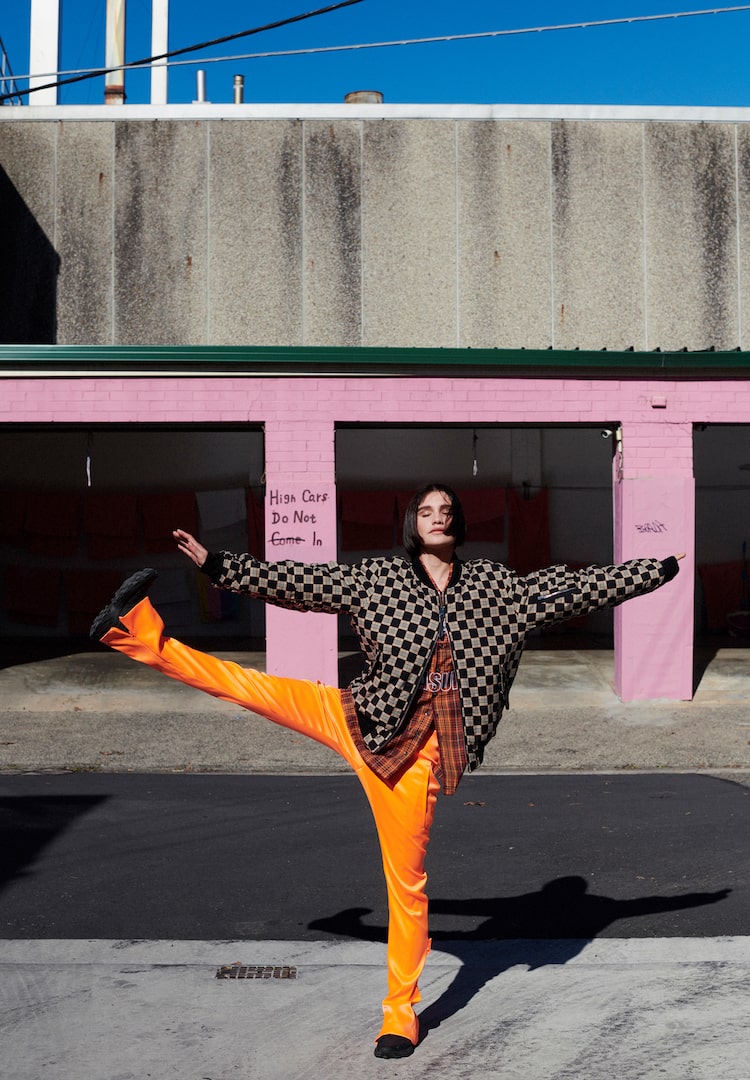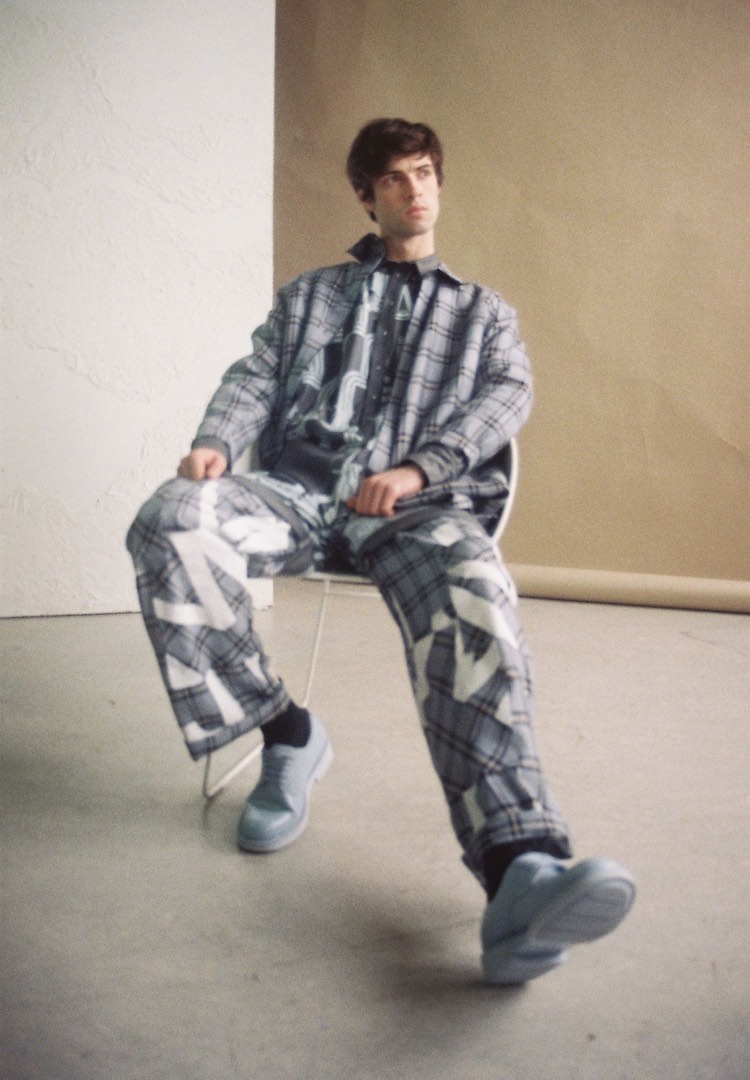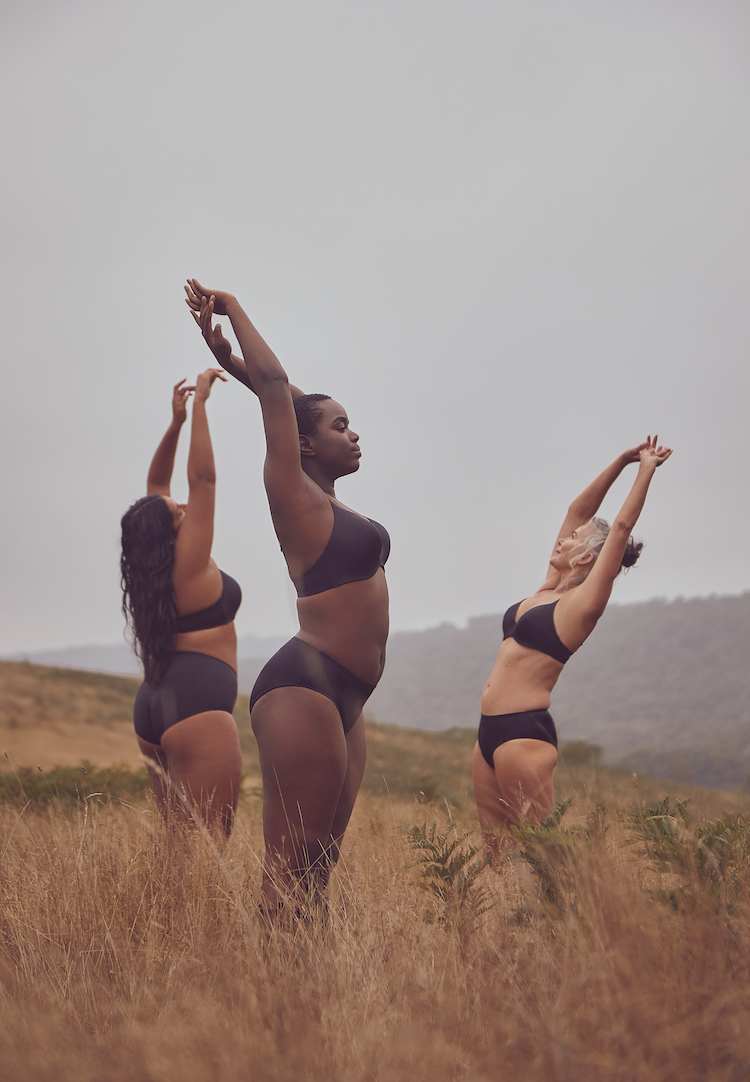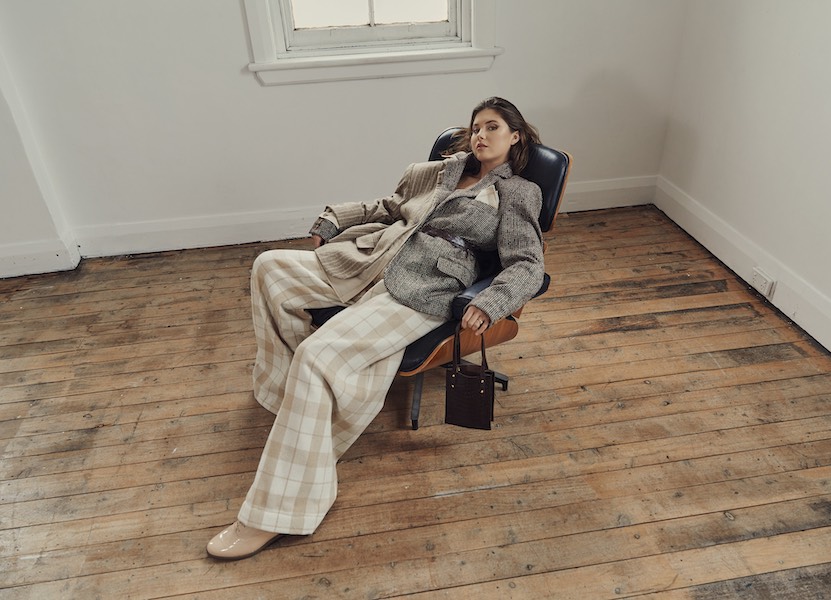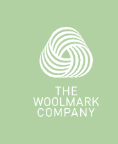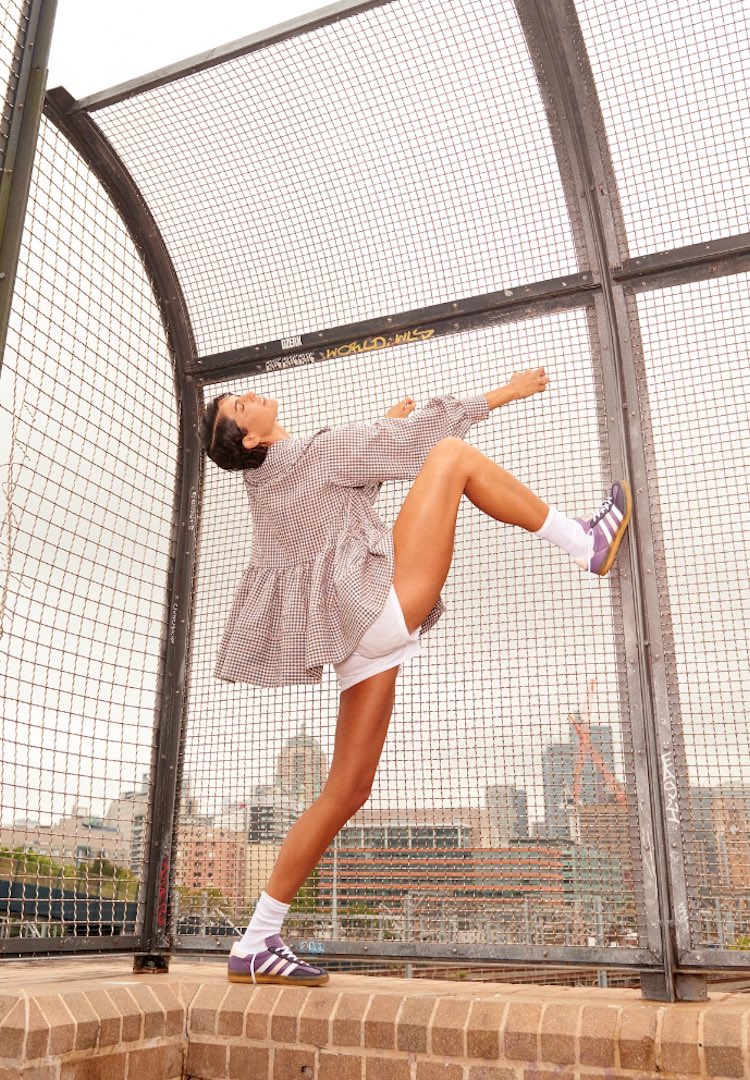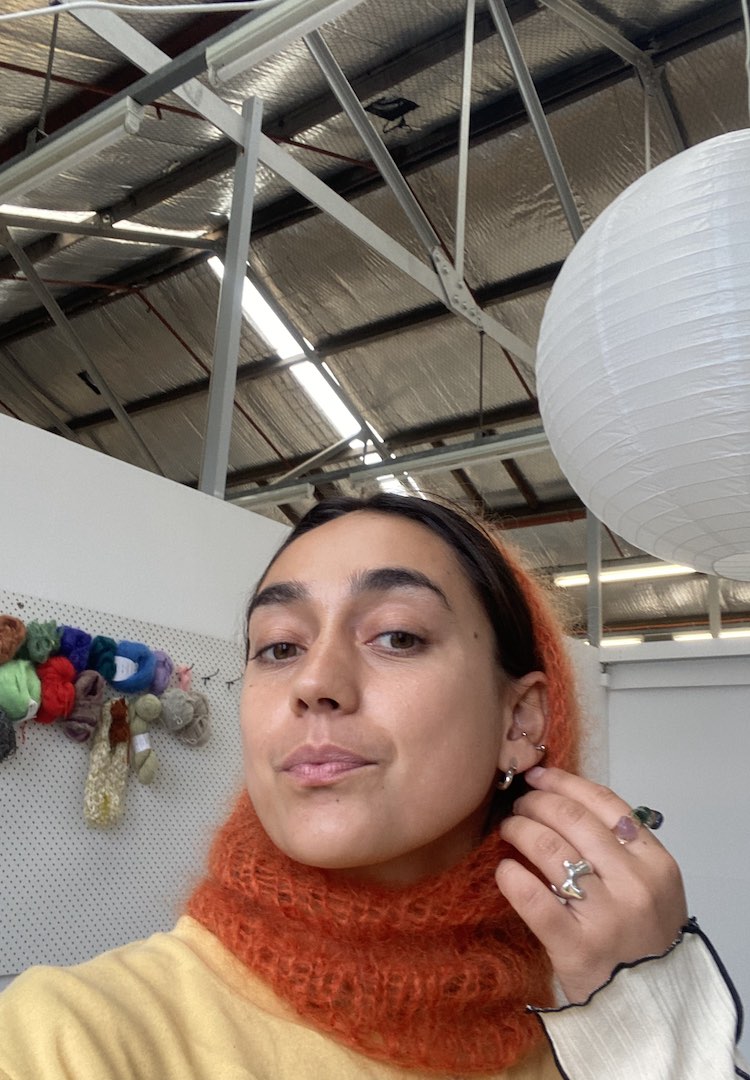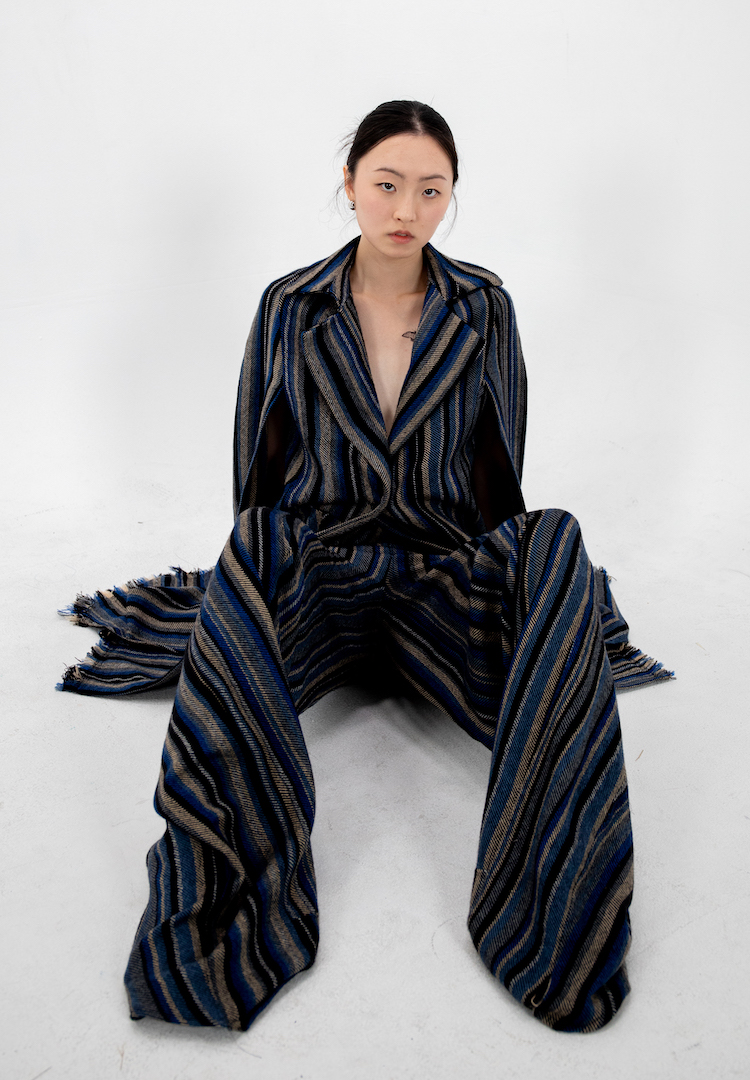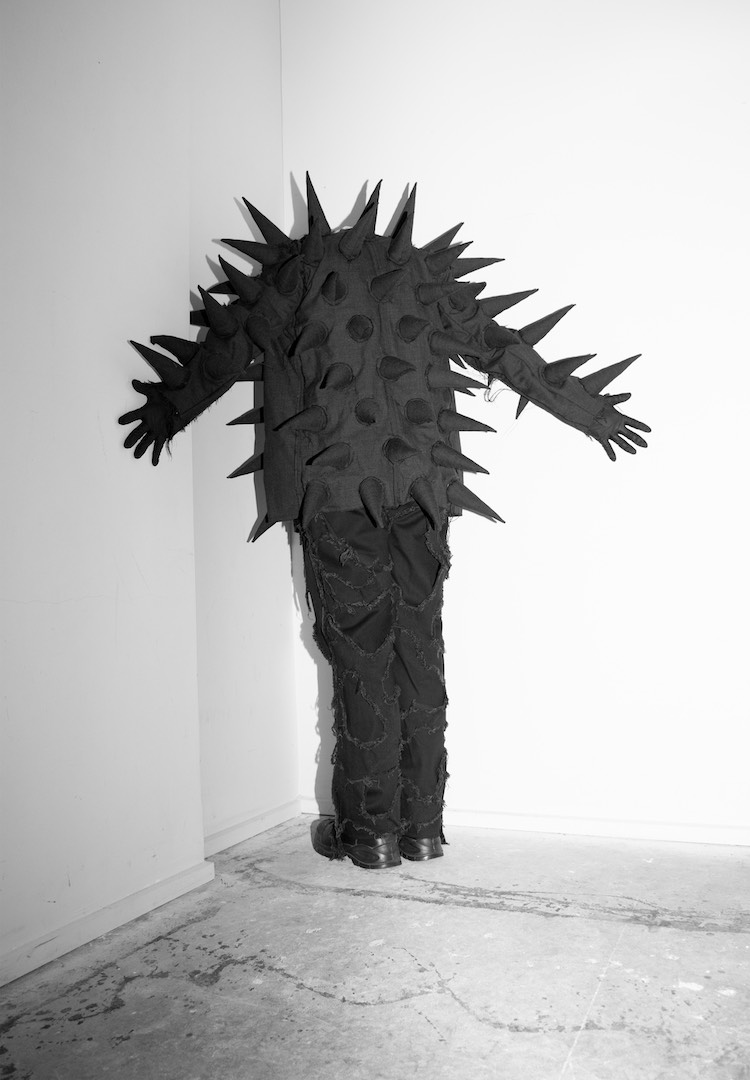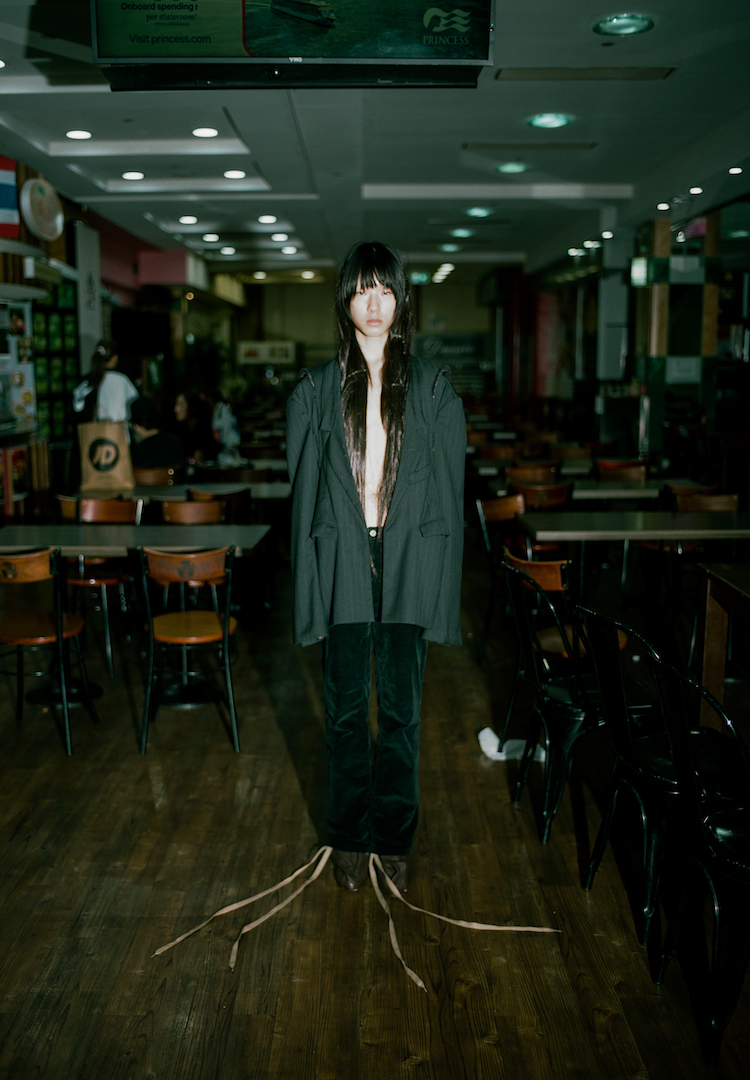Meet the emerging designers tipped by Woolmark as some of Australia’s best new talent
WORDS BY JASMINE WALLIS
“I’d like to end up with a product that’s mindfully made.”
The Woolmark Company is a not-for-profit organisation that’s passionate about educating the next generation of fashion designers. From the Wool4School design competition to the prestigious International Woolmark Prize, the Australian organisation knows that passing down skills and knowledge is the only way to protect the fashion industry and utilise the sustainable fibre of wool.
As we’ve learnt about the importance of locally made products more than ever this year, Woolmark has created yet another platform for burgeoning designers to understand even more about the Australian industry. The Industry Voyage Program is a six-day excursion to give designers a hands-on way to understand local wool manufacturing.
Discover more up-and-coming local designers in our Fashion section.
Three recipients of the Australian Wool Education Trust (AWET) grant got the opportunity to tour wool-growing farms and manufacturers, speak to local producers and understand the natural fibre that they’re so passionate about. We sat down with the three talented designers to hear more about their excursion experience and how they plan to use it in their future fashion careers.
Chloe Christie, University of Technology, Sydney
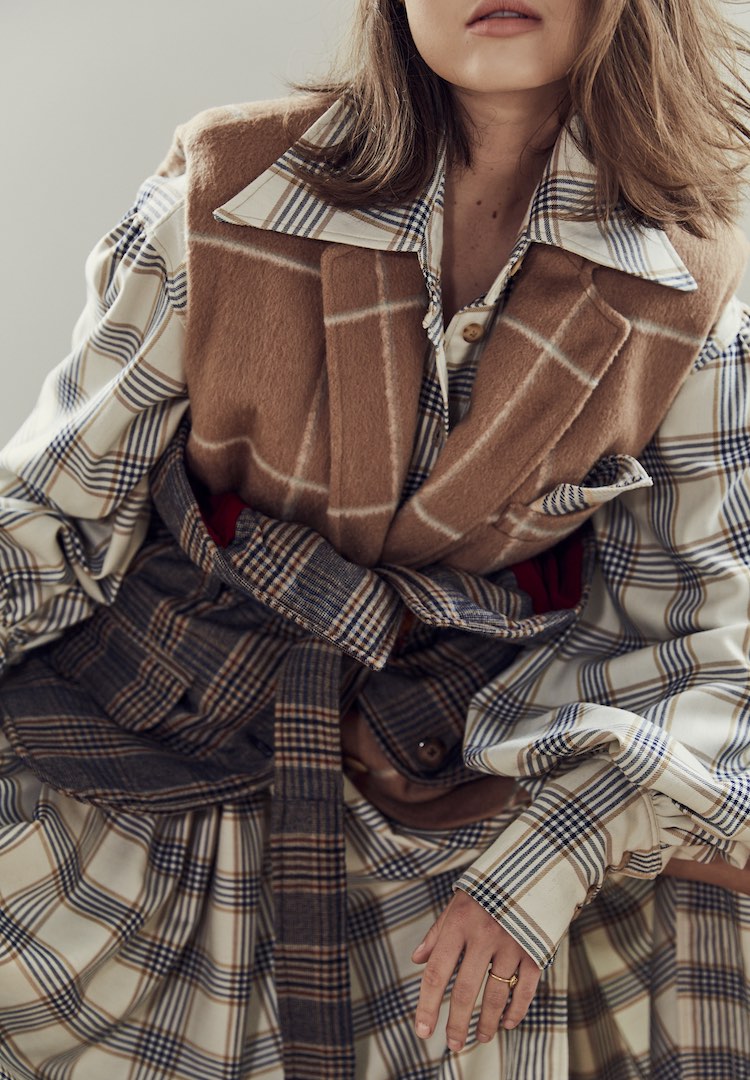
What was your graduate collection inspired by and why did you want to use wool?
It was inspired by old pictures of mum during the ’80s when she wore wool check suits when modelling for my father’s clothing line back in the UK. I do a lot of tailoring so it made sense for me to use wool and I also combined it with leather so bringing the two luxury fabrics together was important for the collection.
Why is responsible and ethical design important to you?
When sourcing fabrics for my collection, I first start looking for different fabric stores that have deadstock from designers. I also visited a store in Sydney where they have fabrics from old curtains and I actually used those in my collection too.
What did receiving the AWET grant mean to you?
I remember in first year I never thought I’d receive a sponsorship like I did and wool has a higher price tag than a lot of other fabrics so it was beneficial to have this grant and be able to purchase beautiful fabrics.
What was your experience with the Voyage Program and what will you take into your design career moving forward?
The biggest thing I’ll take away is my appreciation for wool. I think it’s been incredible seeing the entire supply chain from the beginning and visiting the farm, to the testing that wool undergoes. It makes you appreciate wool on a whole different level. The science behind it is interesting and now I can share that knowledge in my workplace as we start sourcing wool fabrics for our new collection.
What do you think is missing from the fashion landscape in Australia?
I think what’s missing is the skills in the industry. I feel like it’s really important that these skills are being passed on through generations and going out and learning how to use all the machinery and testing and everything we’ve learnt.
What are your hopes for your career?
I’ve done the global studio in Italy where I’ve learnt about leather. I’ve now done this Industry Voyage Program where I’ve learnt about wool and I feel like [I want] to pass that on within a workplace and educate as many people around me as I can about these fabrics will be really important.
Anja Muecke, Curtin University, Perth
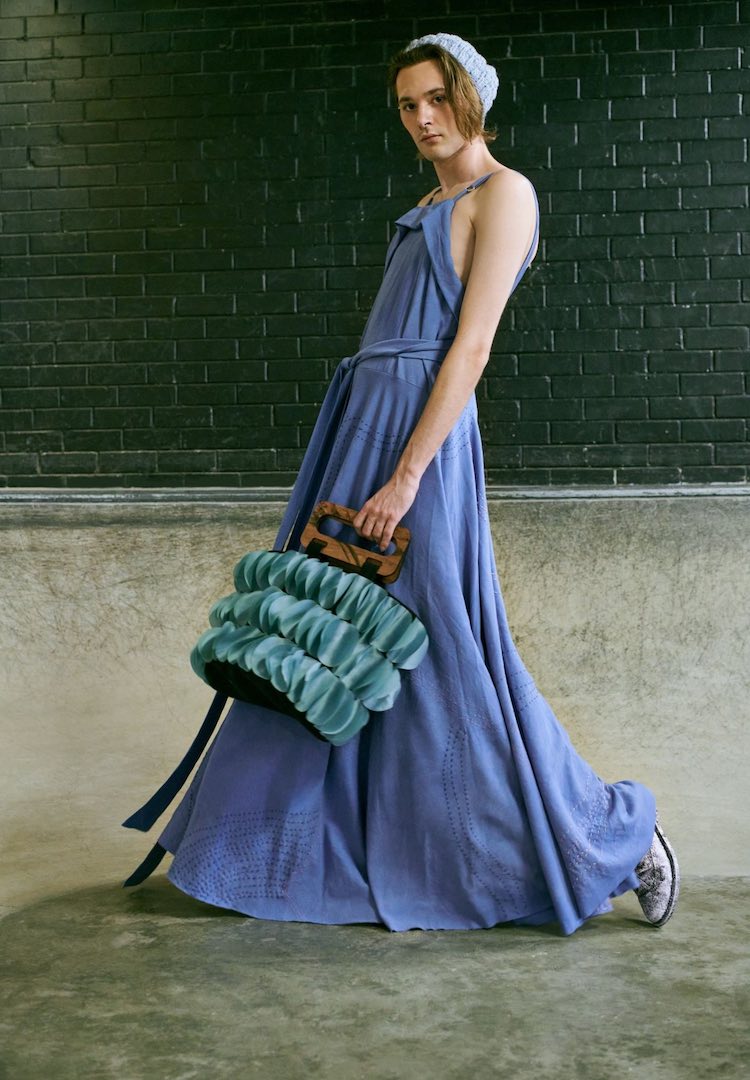
What do you try to express in your work?
My most recent collection culminated a lot of which I’ve explored previously which is the idea of gender. Previously that’s included androgyny and has evolved into the idea of fashion that’s created externally to the Eurocentric binary that we see in Western fashion.
How are you approaching responsible and ethical design?
I see waste as a design flaw. I think good design should integrate the life cycle of a product so you’re not just designing an end product, you’re designing its life cycle as well.
What has the AWET grant meant to you?
Fashion is an incredibly expensive qualification especially if you want to use good quality fabrics. They’re not overly accessible to students so being able to access quality fabrics makes a difference when you’re talking about sustainability and the integration of quality and work. It was great to have the funds to access that. It also allowed a bit more experimentation because you could afford to buy an extra half a metre to see how it would react to certain chemicals or manipulations without worrying that you would wreck your fabric.
What has been one of your biggest takeaways from the Voyage Program?
I think the sheer scope of the wool industry and how many people’s lives it affects within Australia’s economy. It’s been incredible to see the sheer scale of the industry and the care that goes into every stage from the wool testing facility to the growers themselves to the end product where we utilise the creation of that product.
Where should young designers be taking the Australian fashion industry?
People tend to go to Europe or America to become more established so investing in our localised production and manufacturing is going to be really important moving forward because I think we have a lot to offer globally.
What do you want out of your future career?
I think any designer wants to be able to contribute positively to the fashion landscape. In this age of transparency and the expansion of knowledge around the fashion industry at large, I’d like to end up with a product that’s mindfully made and preferably localised production.
Jye Marshall, Whitehouse Institute of Design, Melbourne
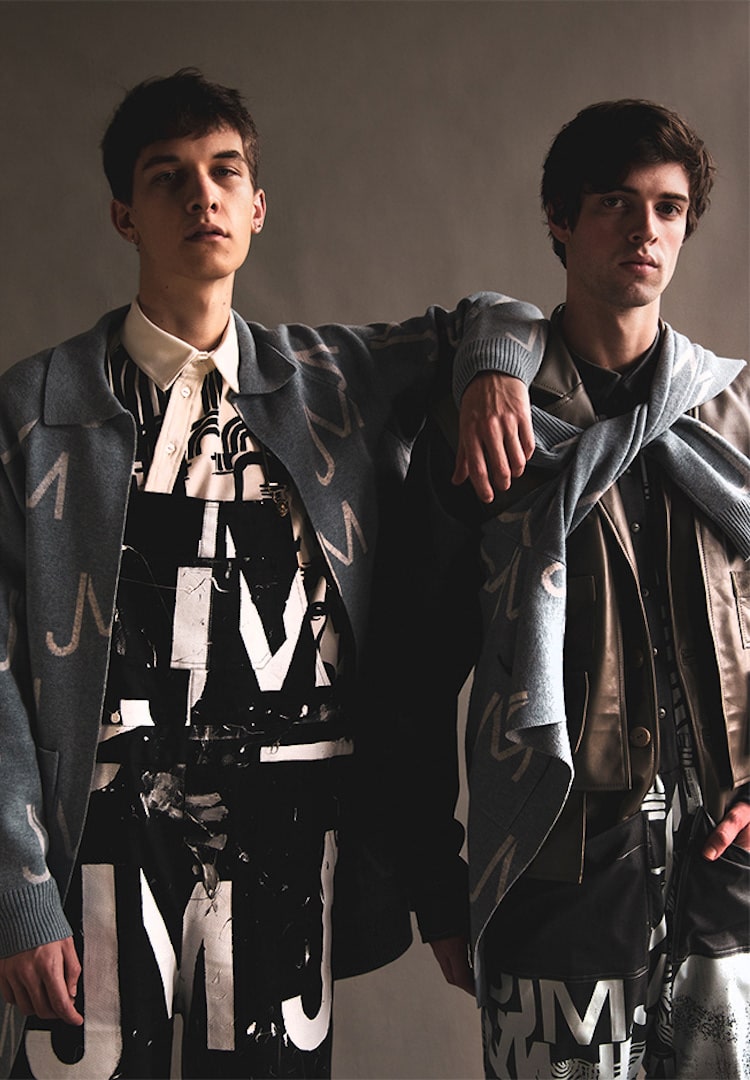
Tell us about your design approach and where your inspiration is from?
I get most of my inspiration from Tasmania where I grew up. I’m inspired by utilitarian lifestyles, so never living beyond one’s means and making sure every product has something to go to once it’s finished its life. I make sure all of the garments are quite functional and they’re going to serve their purpose. Every detail is done precisely so the garment isn’t going to fall apart, it’s going to last generations.
How are you approaching responsible and ethical design?
I love using sustainable fibres such as wool because they’re a [natural] fibre [so] once you’re finished with your product you can put it in the ground and it’s gone. I always try to use wool where I can and where I can’t, I try to use the best next sustainable fibre.
What’s your experience of receiving the grant been like?
It was a remarkable experience. I come from a family where we’ve never lived beyond our means and I’ve always paid my way but in fashion you always need more money. Even if you’ve made a collection and want to put that into production you need more money so any type of investment or backing from a group is really important for an emerging fashion designer. I was so grateful because it helps my collection grow and it wouldn’t have been possible without AWET.
What’s the biggest thing you’ll take into your career after this week at the Voyage Program?
We’ve learnt so many different areas of the supply chain that I would’ve never been able to meet or learn about. The biggest thing I got out of this week was being able to meet the farmer [and see] where the wool is from, the stories behind it, and how we can use that in a design feature. I’m going to think about how I’m going to tackle the fast fashion train that we’re always trying to compete against, so it’s revolutionary for my brand and me as a designer.
What do you think is missing from Australia’s fashion landscape?
I think we’re missing people and skills. No one wants to be trained in fashion production anymore and I think it’s really important we push this more. With our pleating company and old weavers in Melbourne, we’re getting more people who are getting older and won’t be able to carry on these generations of skills that we’ve learnt in Australia. More things are going to go offshore if we don’t start teaching the younger generations the skills.
What do you want out of your future career?
My parents have always told me ‘Do what you love’ and I love making fashion and garments so as long as I can do that and pay for food on the table and support mum and dad then that’s all that really matters.
To learn more about The Woolmark Company, head here.

